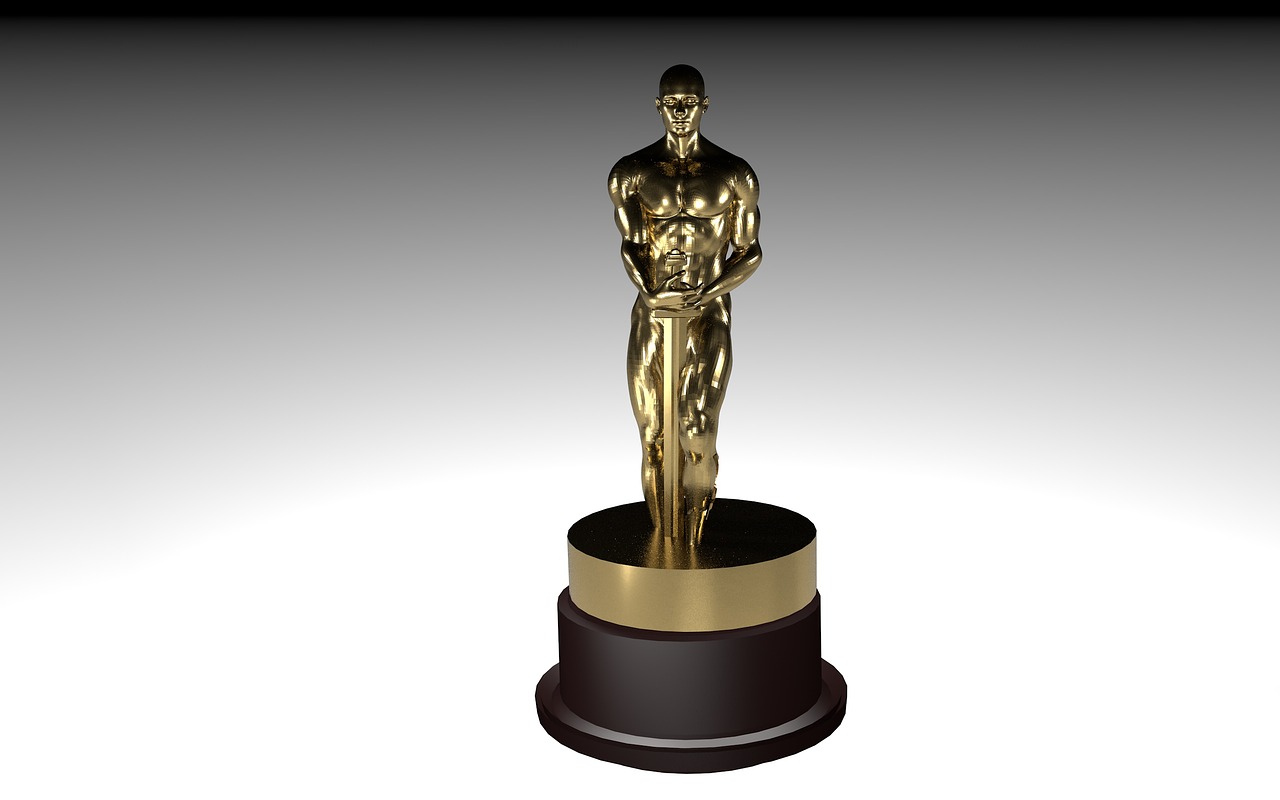
The Academy of Motion Picture Arts and Sciences has announced new guidelines for artificial intelligence (AI) usage in the filmmaking process. This release lands at a fortuitous time, with the ground still shaking from the 2023 strikes by the Writers Guild of America (WGA) and Screen Actors Guild – American Federation of Television and Radio Artists (SAG-AFTRA). The recent updates, originally announced on April 21, will take effect during the next 98th Academy Awards, set for March 2026.
Perhaps the most important point of contention from the 2023 strikes was the use and impact of AI within the creative process. The recent amendments provide clear guidance on the use of AI for film nominations. The Academy has developed new standards. They announce that employing generative AI and other digital tools in a film’s production will have no bearing on its eligibility for an Oscar nomination.
“With regard to Generative Artificial Intelligence and other digital tools used in the making of the film, the tools neither help nor harm the chances of achieving a nomination.” – Academy of Motion Picture Arts and Sciences
Public Debate on AI in Filmmaking
This decision comes after significant public outcry and discussion. The conversation focused on the use of AI in movies including “The Brutalist,” directed by Brady Corbet. Back in January, TDM editor Dávid Jancsó made a wonderful announcement. AI software developed by Respeecher was then used to enhance the correctness of the Hungarian pronunciation for actors Adrien Brody and Felicity Jones. Ever since, this film has been at the center of conversations about AI’s role.
Adrien Brody’s performance in “The Brutalist” earned him the Best Actor award, further complicating the conversation surrounding AI’s impact on artistic merit. Furthers and illustrators Mattias Elftorp and Aidan Koch used AI to develop architectural designs for Brody’s character, Laszlo Toth. Similarly, “Emilia Pérez,” a Best Picture nominee, utilized AI technology to enhance lead actress Karla Sofia Gascón’s singing voice, illustrating a broader trend within the industry.
The Academy has dropped their newest installment. It now widens the “Eligibility” area of its regulations, since 2020 allowing a shortlist of no more than ten films for nomination. In noting the essential work casting directors do to craft great films, the Oscars introduced a best casting category.
The ongoing debate over AI’s role in cinema highlights the industry’s evolving landscape. As filmmakers continue to experiment with and push the boundaries of emerging technology, the Academy’s guidelines are intended to provide clarity, while encouraging innovation and exploration.
What The Author Thinks
The Academy’s decision to allow AI tools in filmmaking while not directly affecting Oscar eligibility strikes a balanced approach, ensuring that creative innovations can thrive without overshadowing artistic merit. However, this debate highlights a larger issue about the evolving role of technology in art, and the Academy’s stance is likely to shape how future films incorporate AI into their processes. While these guidelines offer clarity, they also raise questions about the line between innovation and authenticity in cinema.
Featured image credit: Needpix
Follow us for more breaking news on DMR
